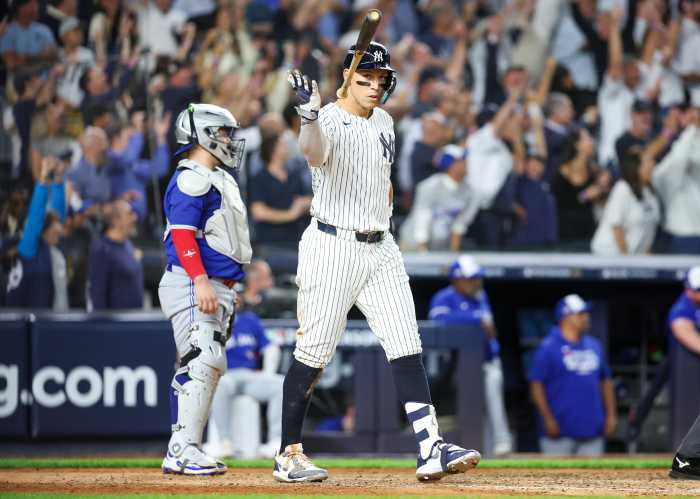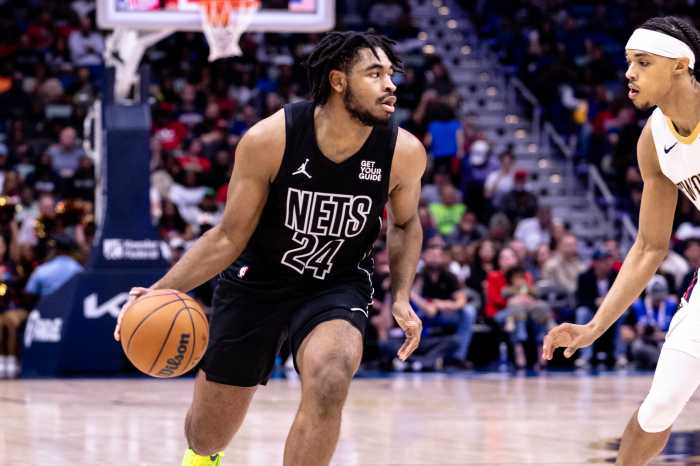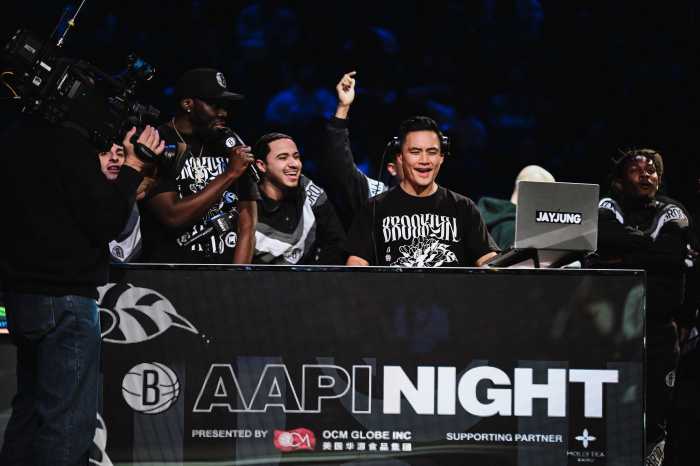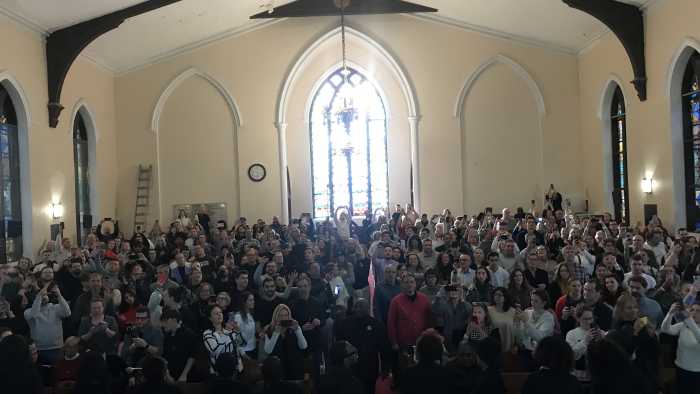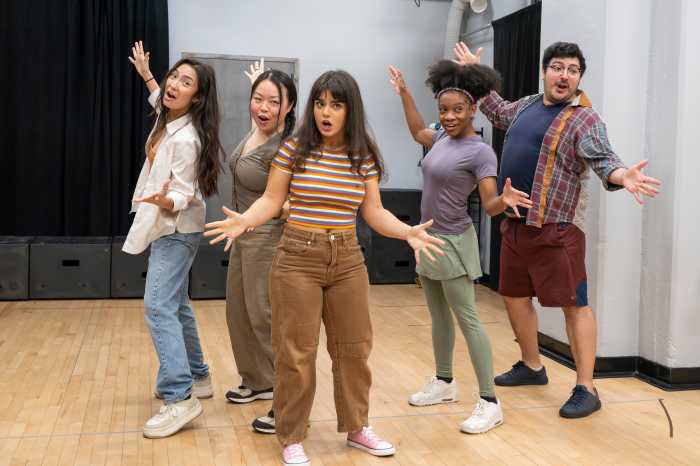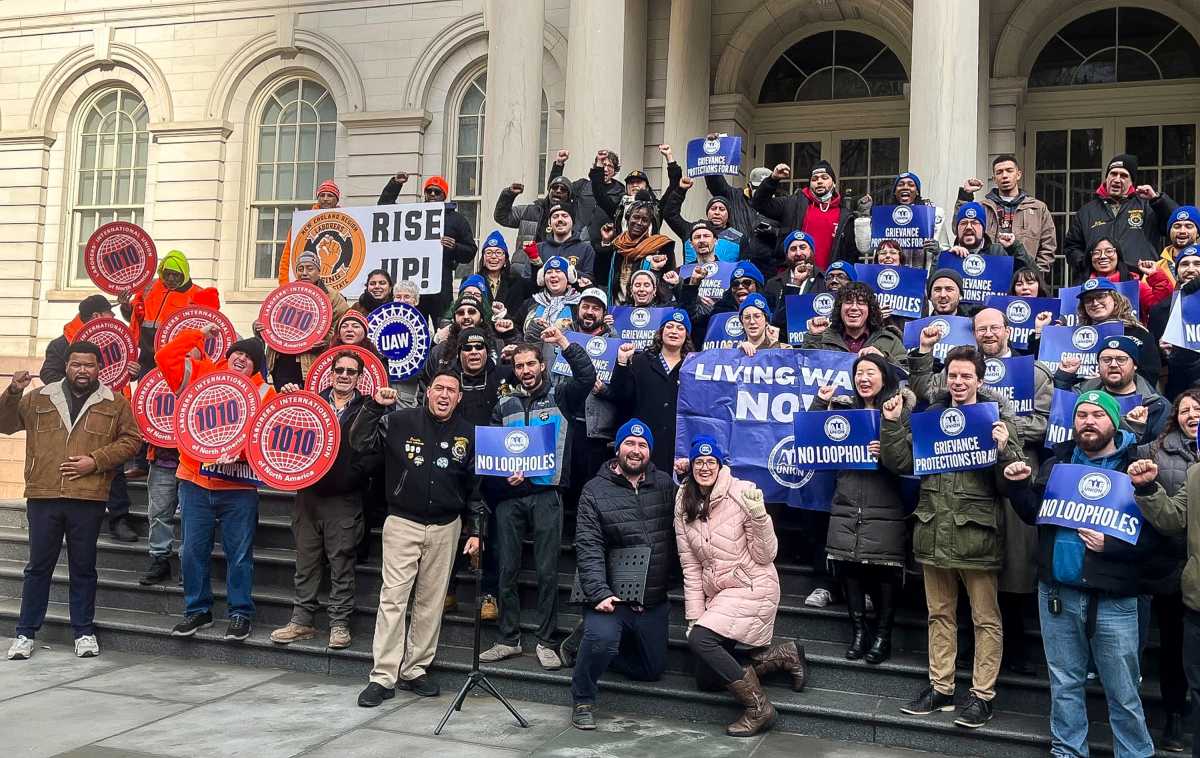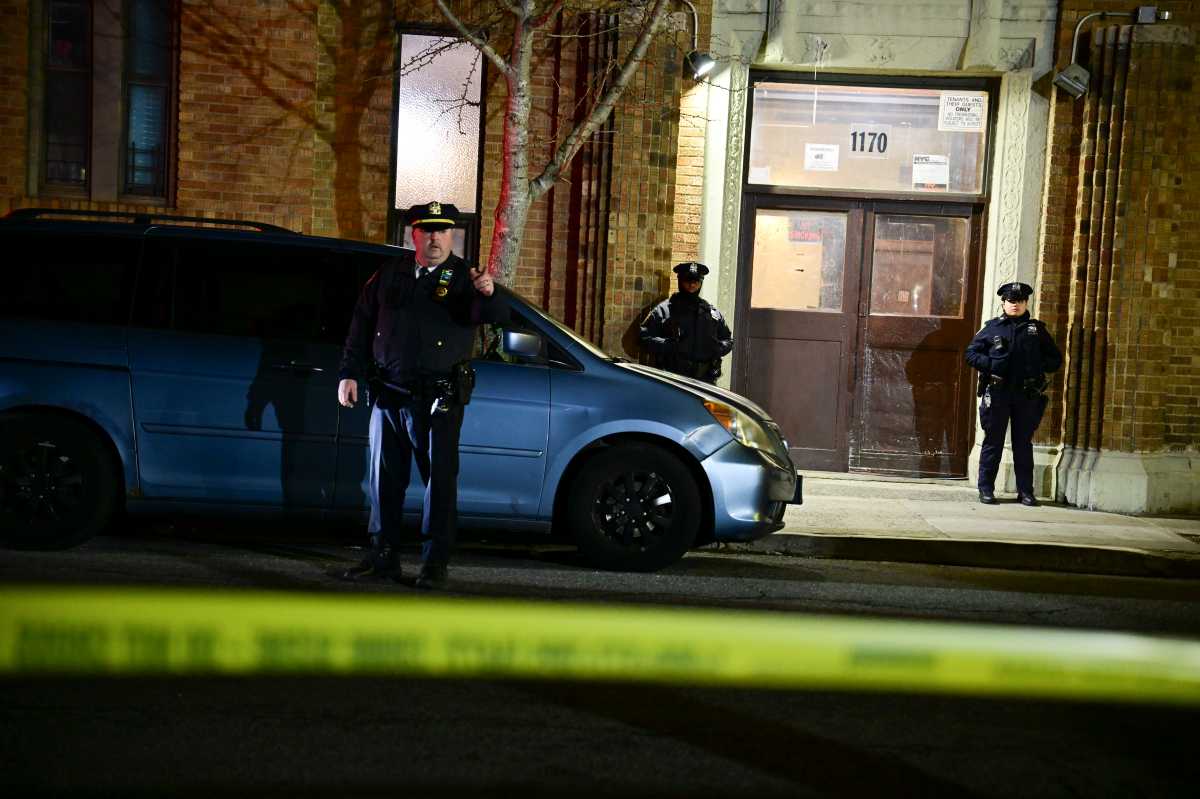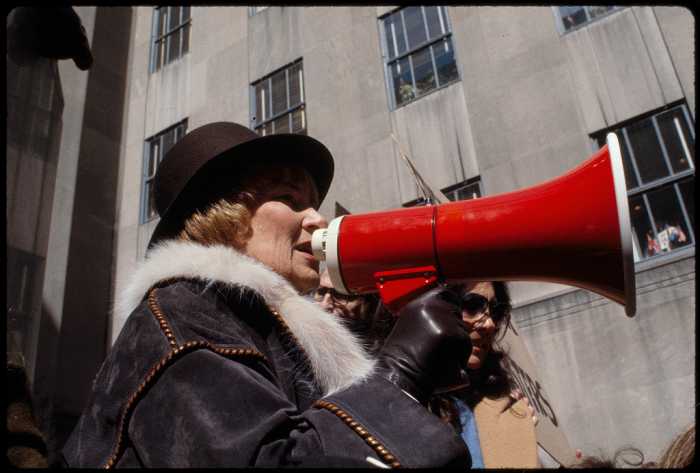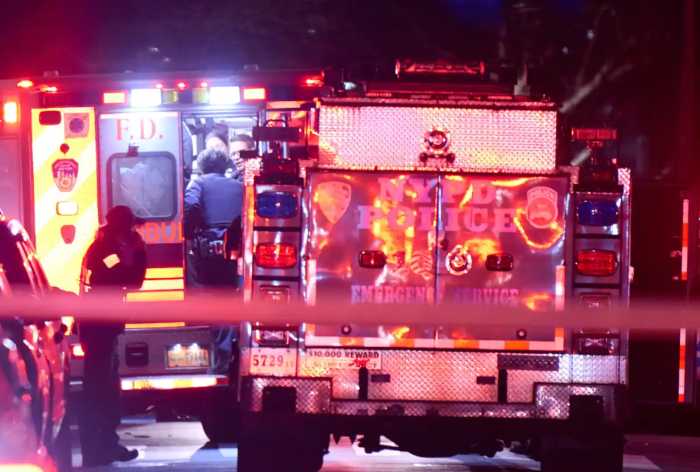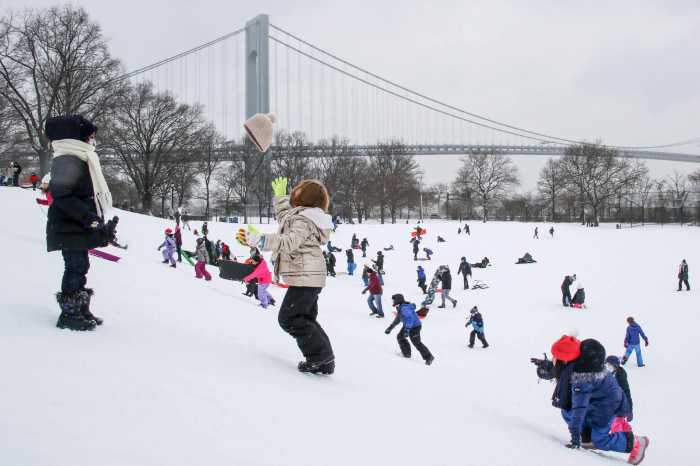The Brooklyn Nets enter the 2025–26 season with low expectations, a roster centered around rookies, and an obvious and intentional plan. For the second season in a row, they know exactly who they are, staying focused on development, not wins, with a young, raw roster that’s intentionally rebuilding.
Brooklyn’s roster reflects that approach. It is inexperienced, high-upside, and built for growth rather than immediate success. That is not a criticism, it’s the plan. Brooklyn’s front office has made an organizational commitment to be bad this year, understanding that the surest way to accelerate a rebuild is to hit the bottom first.
They will lose games, they will make mistakes, and they will grow through it, all in pursuit of a top-five pick in a loaded upcoming NBA Draft class. On top of that, they will have the most cap space in 2026, play in one of the league’s most attractive markets, and have a promising head coach leading the team. This season will be the groundwork for better days ahead.
The roster, by design, is the youngest and least experienced in the league. Egor Demin, Nolan Traore, Ben Saraf, Danny Wolf, and Drake Powell will all see meaningful minutes as the Nets prioritize development over results. Every one of those players represents a small piece of the franchise’s reset. Demin brings creativity and size, Traore provides athletic potential, Saraf contributes shooting and basketball IQ, Wolf adds stretch-big versatility, and Powell offers defensive tools. They’re not expected to carry the franchise overnight, but they are the kind of building blocks that can form the backbone of something sustainable.
Michael Porter Jr. and Cam Thomas will serve as the Nets’ primary scoring options. They may be negatives on the defensive end, but career years on offense are more than possible for both. Porter Jr. will finally get his chance to be the focal point of an offense, something he hasn’t experienced since his Missouri days, when he was a highly touted prospect before back injuries caused him to fall in the draft. He averaged 17.4 points per game during the Nuggets’ Finals run, proving to be one of the league’s best catch-and-shoot players. Now, with an expanded role, he has the potential to get back on track after a turbulent, injury-plagued 2024–25 season. Based on his four preseason games, he is averaging 28.7 points, 8.8 rebounds, 3.4 assists, and 1.2 steals per 36 minutes, showing the kind of production he can provide when given extended playing time. His most notable performance came when he poured in 34 points in 33 minutes on 60 percent shooting from the field against the Raptors.
Thomas’s offensive game has improved every year since entering the league in 2021, becoming more efficient even with higher usage. Before a hamstring injury sidelined him, Thomas was averaging 24 points per game while shooting 35 percent from three. Head coach Jordi Fernández has praised the strides Thomas has made as a playmaker. After an offseason filled with contract talk, Thomas settled for a one-year qualifying offer, hoping to position himself for a big payday as an unrestricted free agent in 2026.
Demin, the Nets’ first lottery pick since Derrick Favors 15 years ago and their projected starting point guard, adds versatility and playmaking, making him a must-watch rookie. Together, these three provide fans plenty of reasons to be excited, offering sparks of talent and energy that promise to make this season entertaining, even as the team leans on youth and development.
Noah Clowney and Day’Ron Sharpe headline the frontcourt core and could take big steps forward this year. Clowney, a former first-round pick entering his third season, has the tools to grow into a legitimate two-way piece, while Sharpe’s rebounding and interior presence have flashed starter potential. Sharpe signed a two-year, $12 million extension this offseason with a team option after the first year, giving Brooklyn flexibility while keeping him in the mix. The Nets want both players to play freely and prove they can be part of the next era of competitive basketball in Brooklyn.
For the veterans, Nic Claxton, Haywood Highsmith, and Terance Mann, the writing may already be on the wall. Brooklyn will likely explore trades before the deadline, aiming to turn productive veterans into expiring contracts or future draft assets. Brooklyn is not trying to overhaul the roster entirely. The focus remains on preserving financial flexibility while giving developing players the opportunity to grow. Porter Jr. and Thomas could also be on the move around the February trade deadline if Sean Marks and the front office decide they are not part of the team’s long-term plans. The Nets could flip them while their value is at its peak.
This approach might sound familiar to fans who have watched long rebuilds drag on elsewhere, but Brooklyn’s version is different. The Nets aren’t planning on being bad for long. The 2025–26 season marks year two of a deliberate, short-term “hard tank reset”, a two-year window the organization accepted when it traded with Houston and sent out control of its 2027 first-round pick. The Nets structured everything around that timeline. Two years to bottom out, stockpile talent, and reset the books before shifting into build-back mode.
They’ve stayed disciplined to that plan. Over the past two summers, the front office’s goal was to make sure the team wasn’t too good, avoiding unnecessary wins that could push them out of high lottery range. It’s a strange thing to admit publicly, but it’s also refreshingly honest, as the Nets are not stuck in the never-ending cycle of Play-Ins like the Chicago Bulls or Miami Heat, who seem unable to commit to a clear direction. Brooklyn knew the best way to escape mediocrity was to embrace short-term pain in pursuit of long-term potential.
By this time next summer, the Nets expect to be in one of the best positions in the league. They have an up-and-coming roster filled with players who have upside, a likely top-five draft pick, significant cap space, and a strong head coach in Jordi Fernández leading the culture. Add in the appeal of New York City, and Brooklyn suddenly becomes a far more desirable situation than it looks today.
Until then, this season will test patience. Brooklyn fans should expect stretches of ugly basketball, frustrating losses, and flashes of promise mixed in with growing pains. That’s the challenge of playing a lineup with so many players still finding their footing in the NBA. Still, there will be moments that show why the team is taking this route, with Demin’s creativity as a passer, Thomas’s scoring bursts, and Powell locking down a veteran scorer on the perimeter.
The Nets’ approach this year isn’t hopelessness; it’s honesty. The organization understands that the path back to relevance isn’t through shortcuts or splashy desperation trades. It’s through deliberate moves, internal growth, and patience. After years of chasing superstars and quick turnarounds, Brooklyn is finally betting on itself and its ability to build something sustainable.
And if everything aligns, the rookies develop, the trades work, the ping-pong balls bounce their way, the Nets could be right back in the mix sooner than anyone expects.
For more on the Nets, visit AMNY.com





